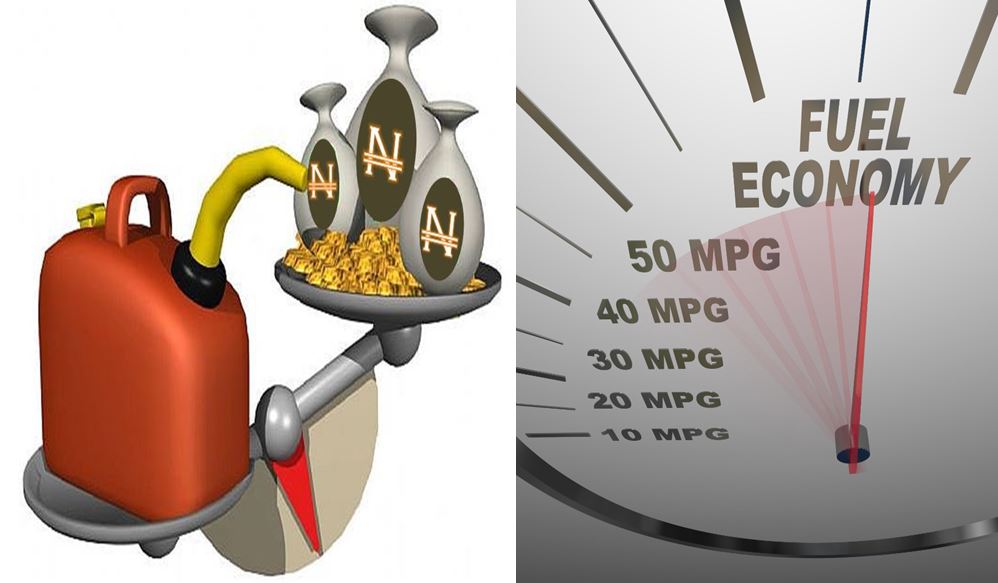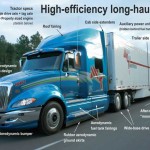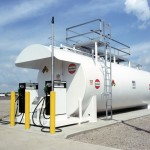Fuel Economy and Efficient Driving Behavior
The following is a short list of behaviors exhibited by those drivers that consistently obtain good fuel economy. Studies have shown that a consistently efficient driver can achieve 30% or more fuel economy than an inefficient driver. Simple behaviors, like coasting to a stop instead of staying on the accelerator until the last minute and then braking hard, add up to significant fuel savings after thousands of kilometers. Other fuel economy compliant behaviours include:
- High average vehicle speeds with minimum time spent at maximum vehicle speed
- High percent trip distance in top gear
- High percent distance in cruise control
- Minimum percent Idle/PTO operation
- Minimum service brake activity
- Minimum number of Sudden Decelerations
Fuel Economy and Pre-Trip Inspection
Conducting daily vehicle pre-trip inspections contribute significantly to fuel economy. You may want to read up our article: Pre-trip Inspections Part One and Two for comprehensive detail on how to execute pre-trip inspection.
Inspections reduce the potential for unscheduled downtime or vehicle related accidents and hence improve fuel economy.
Route selection & Driving mistakes
Obviously, less kilometers travelled equals less fuel consumed. For every given origin and destination, there are always two, three or more possible access route. The shorter route may seem the most attractive to save fuel but a clogged route or route laced with traffic bottlenecks, local rates/taxes and packing fees may make the shortest route the most uneconomical. Care must also be taken to avoid mistakes such as wrong turn which may cause empty and unnecessary drives which costs both time and fuel.
Reverse Logistics
Avoiding empty drives through well planned reverse logistics help save fuel. Each empty drive basically means burning the fuel without sending a cheque to anybody. A good fleet manager who can use good tools coupled with good contacts can tap into reverse logistics to minimise the number of empty trips with a view to maximising revenue and cutting fuel cost.
Stealing
Fuel theft has assumed a near status of an ‘epidemic’ within the Nigerian haulage sector. Thefts especially from tanks remain a major problem. It is an incontrovertible source of fuel wastage in haulage. Sometimes, thefts occur while drivers sleep and trucks are packed. But unfortunately and more often than not, there are still some opportunistic drivers who steal the fuel themselves. Whoever the thief is, concerted effort must be made to identify the culprit and escalate to appropriate authority for swift action.
Strategic fuel purchase
It is a known fact that the market for diesel is a completely deregulated market in Nigeria. Hence there is no uniform price and hence prices change from one state to another. An interstate hauler would do well for fuel economy to carefully choose the places where to purchase fuel. It makes sense to buy the diesel where it is cheaper. For a trucker that regularly makes trip to where fuel is cheaper compared to point of origin, it makes even more sense to have an arrangement in place to fuel the return leg of trips with the better-priced fuel provided it meets the required spec in terms of quality. In the longer run, the difference can be quite significant!
Closing Remark
Based on the statistics of automobile import for the first 9months of 2012 made available by the Nigerian Automobile Manufacturers Association, new trucks accounted for 3,053 units while used trucks accounted for 13,564 units. A cumulative import of over 24,000 units was reported in the year 2013 for all categories of trucks and this excludes trucks brought in as CKD components and assembled locally. This year 2014, within the first 5 months alone, we are aware of at least five companies that increased their fleet with over 2,000 units of heavy duty high capacity trucks. It is crucial that these trucks include fuel economy features. Increased investment in truck purchase is not just a Nigerian trend; In China for instance, heavy-duty truck purchases jumped to more than 1.1 million in 2010, from 200,000 in 2001.
As hundreds of thousands of new trucks begin moving more of the world’s freight in the years to come, it’s crucial that fuel efficiency per ton of freight improve. Increasing ton-kilometers per litre delivers the best result. While Pickup trucks can get 8-10 kilometers per litre, no one fancy having sixty (60) pickups hauling what one tractor-trailer can haul.
The drive to improve big rig fuel economy reflects several fundamental changes in the business of moving freight by truck, from new emission standards in advanced economies to rising fuel prices most especially in a place like Nigeria. In general, trucks are getting heavier, but the overall weight limit hasn’t changed. Trucks need to be able to haul more weight using smaller engines and fuel tanks.







